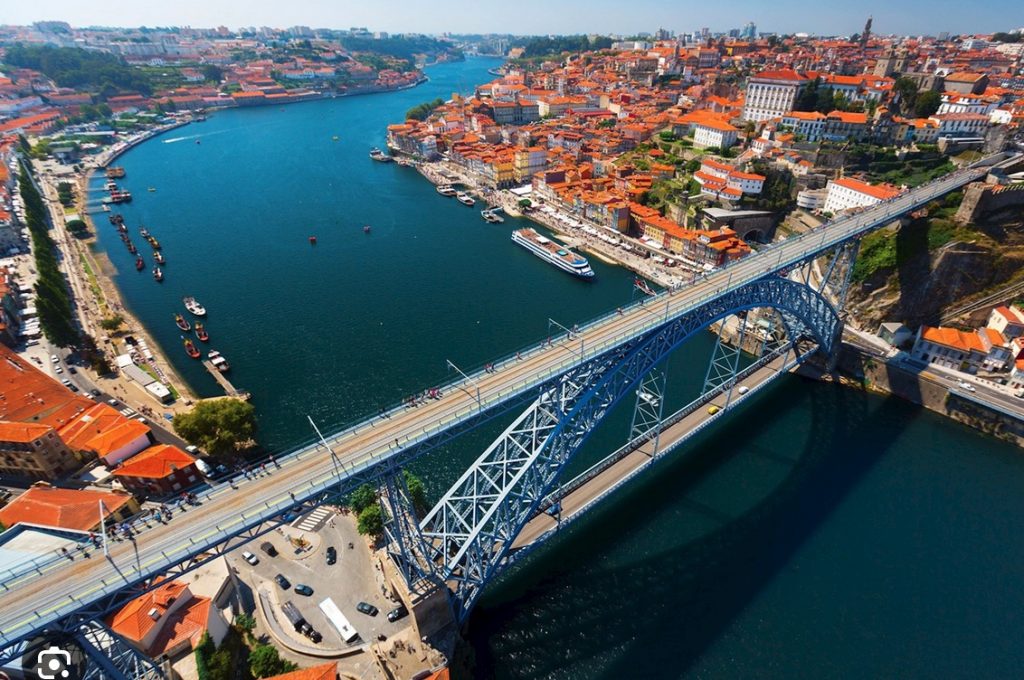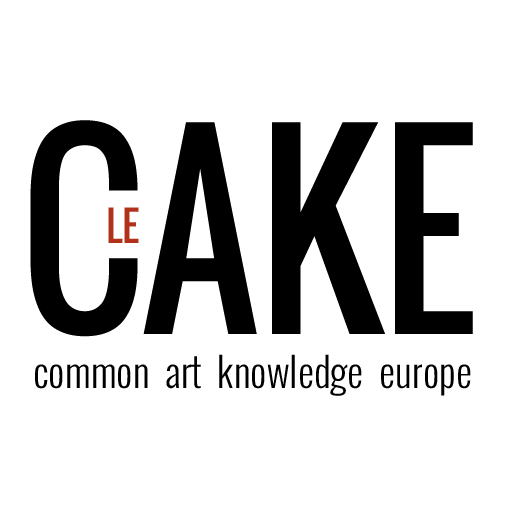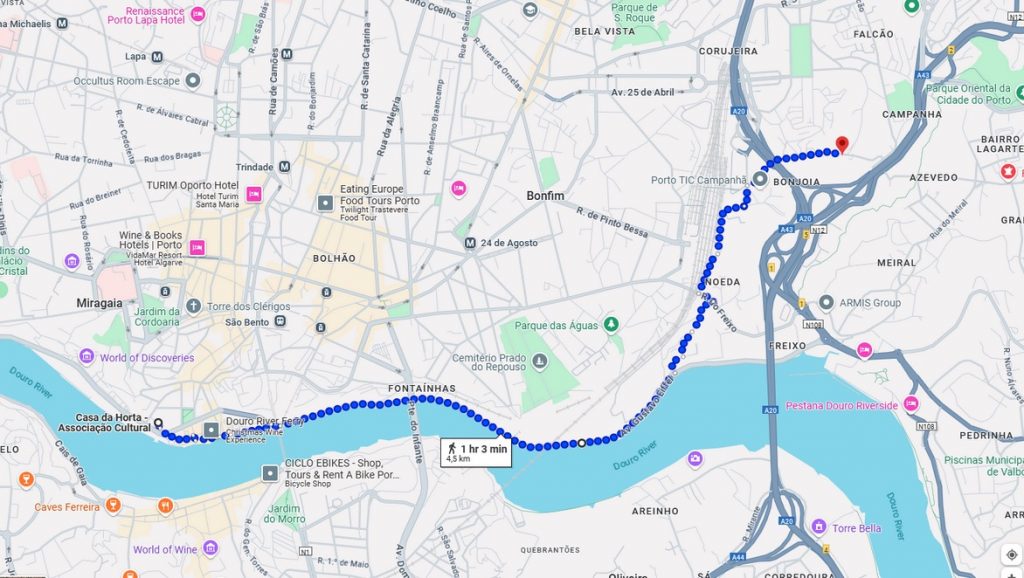On the 6th of April 2024 has been organized a CCWalk in Porto, with a cultural organization called “Casa da Horta”. The participants were mainly their European volunteers and some of their usual audience.
The event has been planned in advance, so the structure could spread it on social medias, and it also allowed three of their volunteers to animate the activities along with me (group building an dancing moment)
This is only one exemple, to have a very concrete idea of how to apply the concept and recipe of the CCWalk. The activities lead in this example can be reused in different contexts, tomorrow if desired, or the animator can decide to adapt them or change them as best as he feels like, depending on the context.

TO START
> About 10 min
An animator welcomes the participants, reminding them of the topic of the day, how long it will last.
Then, the participants are asked to walk in a limited space, and whenever they cross someone else and look at each other, stop and say their names.
Then, the animator asks the participants to walk in the same space, without talking, but paying attention to the group’s speed and movement ; anyone can propose a different speed (run or slow down) or movement (clap hands…), the others follow.
This is about coordination and together dynamic without words.
> Q&R from online participants about this step.
FIRST PART – Group building – Heritage
Start walking [from Casa da Horta]
The animator asks the participants to go by pairs, and to answer the following questions, changing pairs at each, within a certain time (5min/?)
- In what do you feel engaged ? What is making you react the most ?
- What is your biggest value (quality /ethic) ?
- If you had a moto ? A song that fits you ?
First stop [Fontainha’s bridge]
Read this text of Mona Cholet (animator or participant)
Mona Cholet is a journalist and author, who wrote essays dealing with society, more specifically about women’s conditions and place. The following text comes from a book dealing with the notion of home, claiming the well-being of staying on the couch, without feeling any guiltiness not to like or even wish to go out and travel the world.
“ A lot of us keep in the corner of their head, the exact space of their house and know precisely what they would dearly like to save if, for whatever reason, they had to leave the place in a hurry : the irreplaceable objects, the most singular ones, the most meaningful ones, those who could serve as the first stone to rebuild an elsewhere their identity, their story, by which one makes his hole in the
world, through which channels are opened between past and future.
The longer an object accompanies you, the more it gives you the feeling of participating in your identity, to support it ; the more it gives you the feeling that your environment is really yours.”
As a further example, Vikings used to take the door of their house when they were going away, to travel or leave elsewhere
> Ask people to get into pairs, each of them choose an object they would pick up in case they had to leave their house in a hurry, and tell the other the reason of their choice and what this object is the symbol of.
> Is it an on object they would give to their children or pass to anyone as heritage ?
> 15 min (7 min each)
MOVING DEBATES
The animator asks a question. People are standing, and form two lines depending on their answer – one line is for “yes” answer, the other for “no”. Then, turn by turn, participants give arguments to their choice. People are free to change their mind if one argument convinced them or even just touched them ; they would then cross and join the other line.
> 10 min / question max
- Regarding to the future, are you more curious (one line) or more afraid (the other line) ?
- Considering today’s global context, do you find it harder to consider having children ?
Transition – Energizer Folk dance time
Put some music on, one person animate the dance ; explaining participants the steps. Starting slow, easy moves, reachable for everyone and repetitive, then going quicker.
Depending on the animation team and the parcours, this time can also be dedicated only to walking, letting people free to gather and talk – or not.
> Q&R from online participants about this step.
SECOND PART – Ideation – Ecology : Water
> 20 min (preparation) + 10 min (share)
Second stop
Ask the participants to form groups of four or five persons.
Each group goes to settle somewhere nearby. Each group is given the following text, about water in Portugal.
After reading it together, the group is asked to decide what sector they want to prioritize in the water distribution (human consumption, agriculture, industry, tourism). Then, they should find techniques in order to respond to the water coming crisis (depending on the priorities chosen), and be inventive in doable or imaginary solutions, so that the Portuguese economy doesn’t collapse and people stay in their country under decent conditions.
The question of water in Portugal
With global warming, Portugal experiences harder and harder periods of drought, in the South specifically, where water comes to miss, sometimes in an alarming way.
Human water consumption is about 20%, the remaining 80% being divided between economic sectors : agriculture, industry and tourism.
Which ones should be prioritized ?
If fruits and vegetables lack water, the food will lack too, which means less food in portuguese plates, an increase in prices, less exportations and so a falling economy.
If industry lacks water, the production will lower down, people will be dismissed, and the population will be impoverished.
Tourism is more complicated : for sure, the economy will come to fall if tourists stop coming, but prices can lower down – the actual housing crisis happening in big portuguese cities would be diminished.
In a disaster scenario, where water would be largely insufficient for economic sectors, people would starve, would loose their job. Logically, they will surely seek to live elsewhere, leaving Portugal, and in a snowball effect, the instability of the country would grow bigger.
Transition – Creation – Picture time
After a big brainstorm from the last activity, and many words spoken, create a different space ; make participants get up again, walk on their own, and look at the surroundings. It is a moment of silence and observation ; ask the participants to reflect on what they have been experiencing so far and take ONE picture they feel like fitting.
Then, ask them to send it to Casa da Horta email (or one referent person) ; in the perspective to look at the pictures together in a future occasion
> Q&R from online participants about this step.
FINAL PART – time remaining
MOVING DEBATE 2 (Method explained in Moving Debate 1)
OR make little group and each choose one question to talk about
- Is ecology something for rich people ?
- Should we demonstrate civil disobedience, if it is “for a good cause” (climate) ?
FEEDBACK
Don’t forget to ask a feedback to the participants.
It can take various forms : a general discussion, a written little questionnaire, ask each participant to qualify the whole activity with only one word…
In the context of Porto,the 6th of April, the activity ended up with a shared meal, which totally suits to CCWalks mindset, of collective action, joy and sharing.
> Q&R from online participants about this last step. Conclusions from the facilitator and the group.

